
Almost five years into its mirrorless EOS R system and Canon has, at the time of writing, some 13 camera bodies and 34 compatible lenses, with currently no sign of new launches letting up. And the EOS R8 adds to that pile, offering the smallest-and-lightest full-frame option in the company's range, aiming at the best cheap full-frame cameras market sector.
Yes, Canon was initially slow to break away from its core audience of DSLR users, considering the likes of Sony has been putting out full-frame cameras since 2012, but there’s no question Canon’s resources have been ploughed into making up for lost time. The EOS R8 is no slouch, that's for sure.
The Canon EOS R8 sits above the older EOS RP, yet below the more recent EOS R6 II. Unlike the smaller sensor (APS-C) of the EOS R7, the R8 sets itself apart by stowing the larger full-frame sensor within, which is a key differentiator. So is this marriage of 'big sensor, small weight' enough to make the Canon EOS R8 the best full-frame mirrorless camera for beginners?
Canon EOS R8: Price & Availability
While not exactly cheap, in comparison with the other big-name camera brands the Canon EOS R8 is a very affordable example of a mirrorless full-frame camera – even one with a relatively modest 24.2-megapixel resolution. This suggests a better-than-average low-light performance due to a sensor not overburdened by a super-high pixel count.
Given that it incorporates a full-frame sensor, body-only pricing for the Canon EOS R8 is a reasonable $1,499 / £1,699 / AU$2,489. A kit option that adds a compatible 24-50mm lens comes in at a value-added $1,699 / £1,899 / AU$ 2,699.
Canon reckons the R8’s pricing puts it within reach of students. Perhaps it’s thinking of students with well-off parents. Still, when ranged against full-frame models from rival brands, as we note, the unit does feel competitively priced in the bigger picture of things.
Canon EOS R8 review: Features & What's New?
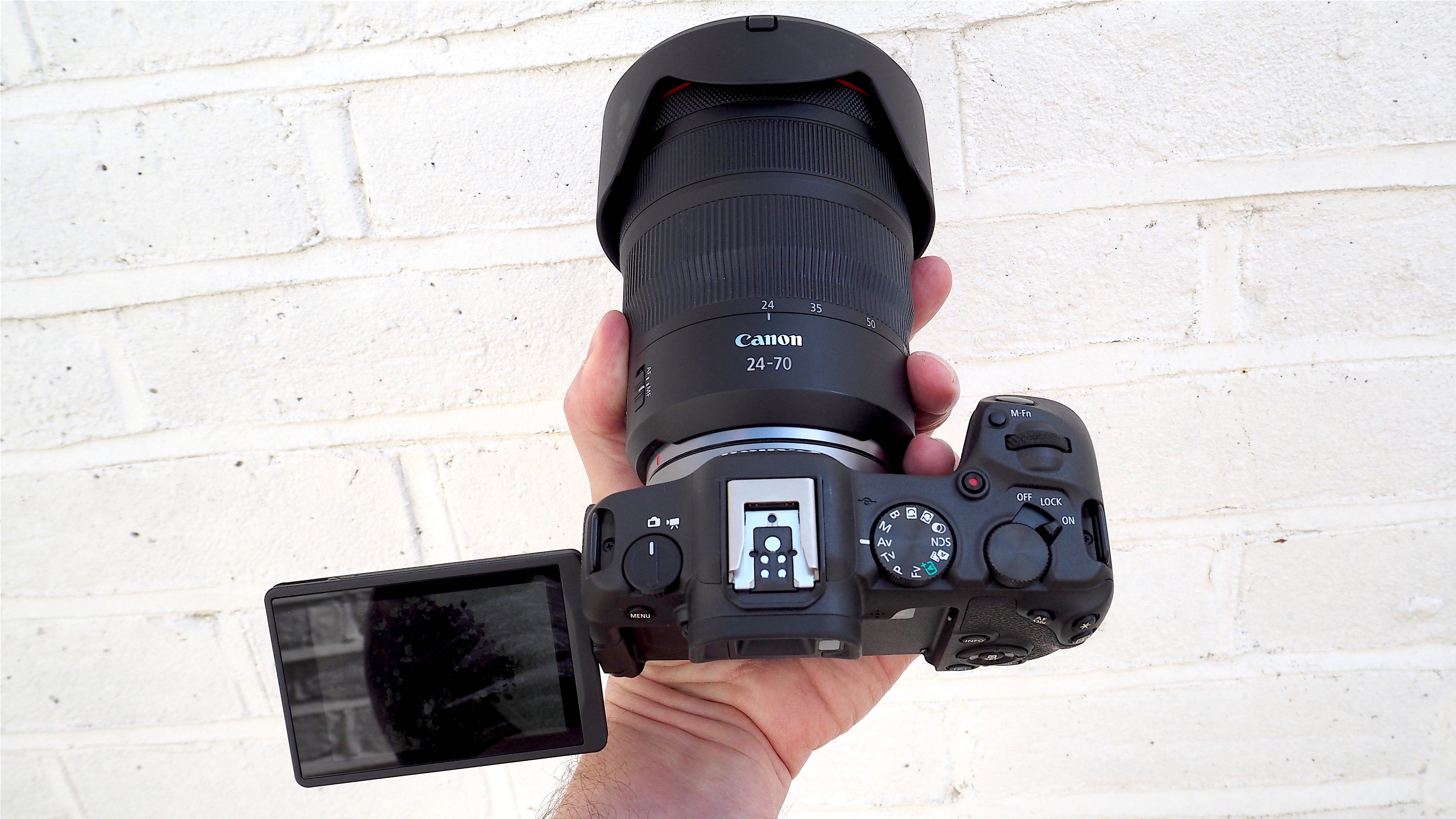
Slotting into an increasingly crowded line up, the EOS R8 inherits operational aspects from the EOS RP, while incorporating the sensor and processor from the EOS R6 II. But at 414g without a card or battery inserted, it’s lighter than the existing EOS RP, while providing more user-friendly features such as a Guided User Interface (GUI) for those photographers/videographers still learning their craft.
Since a full-frame sensor with 24.2 megapixels doesn’t feel overburdened, it’s hardly a surprise that the R8’s light sensitivity range can be extended from ISO 102,400 to 204,800 for stills. For wildlife and sports photographers the top shooting speed is a generous 40 frames per second (40fps), although that’s an electronic rather than mechanical shutter.
Unfortunately what we don’t get in the R8 is body-integral image stabilisation, though digital anti-shake is accessible in movie mode. Of course, Canon does offer image-stabilised lenses, such as the one we had on test, but having the belt and braces of both would have been the ideal.
While this is indeed a full-frame camera, the button layout is comparably straightforward and beginner friendly, including a dedicated switch to flip between stills and video this time around. Otherwise we get a very familiar top plate shooting mode dial with the regular Program, Manual, Shutter and Aperture priority settings, as well as a couple of customisable modes. There's also a chunky on/off switch to the right side of the top plate which sits behind the command wheel and forward-placed shutter release button, rather than encircling it.
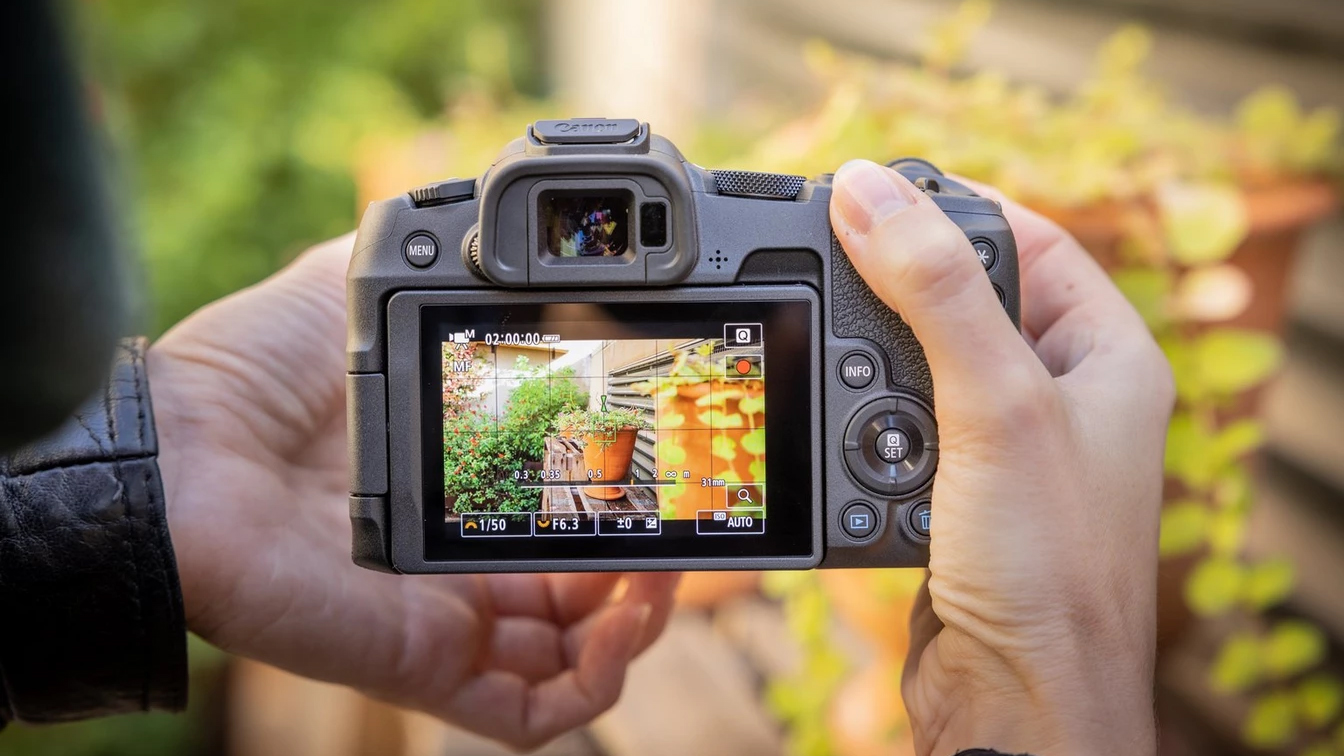
So, is the Canon EOS R8, potentially, the best full-frame camera for beginners? This being a Canon product we get subject detecting and tracking 'Dual Pixel CMOS AF II', with subject recognition now including horses, trains and aircraft, along with the ability for it to still determine focus down to -6.5EV equivalent – which is pretty much moonlight brightness. Flexible AF autofocus also features, which Canon explains as being able to increase or decrease the size of the AF zones.
Videographers have the option of 4K-resolution video up to 60fps, or Full HD up to 180fps, with the ability to record video for longer than 30 minutes.
Interestingly, while the R8 features an electronic viewfinder, its maker has provided an ‘OVF assist’ feature for those who prefer the look of a traditional optional viewfinder, a simulation we’re told that works using HDR (high dynamic range).
Further features for the enthusiasts include Raw burst shooting, plus focus bracketing with in-camera compositing – both of which further the impression of a camera delivering high-end features yet accessibility simultaneously.
Canon EOS R8 review: Performance
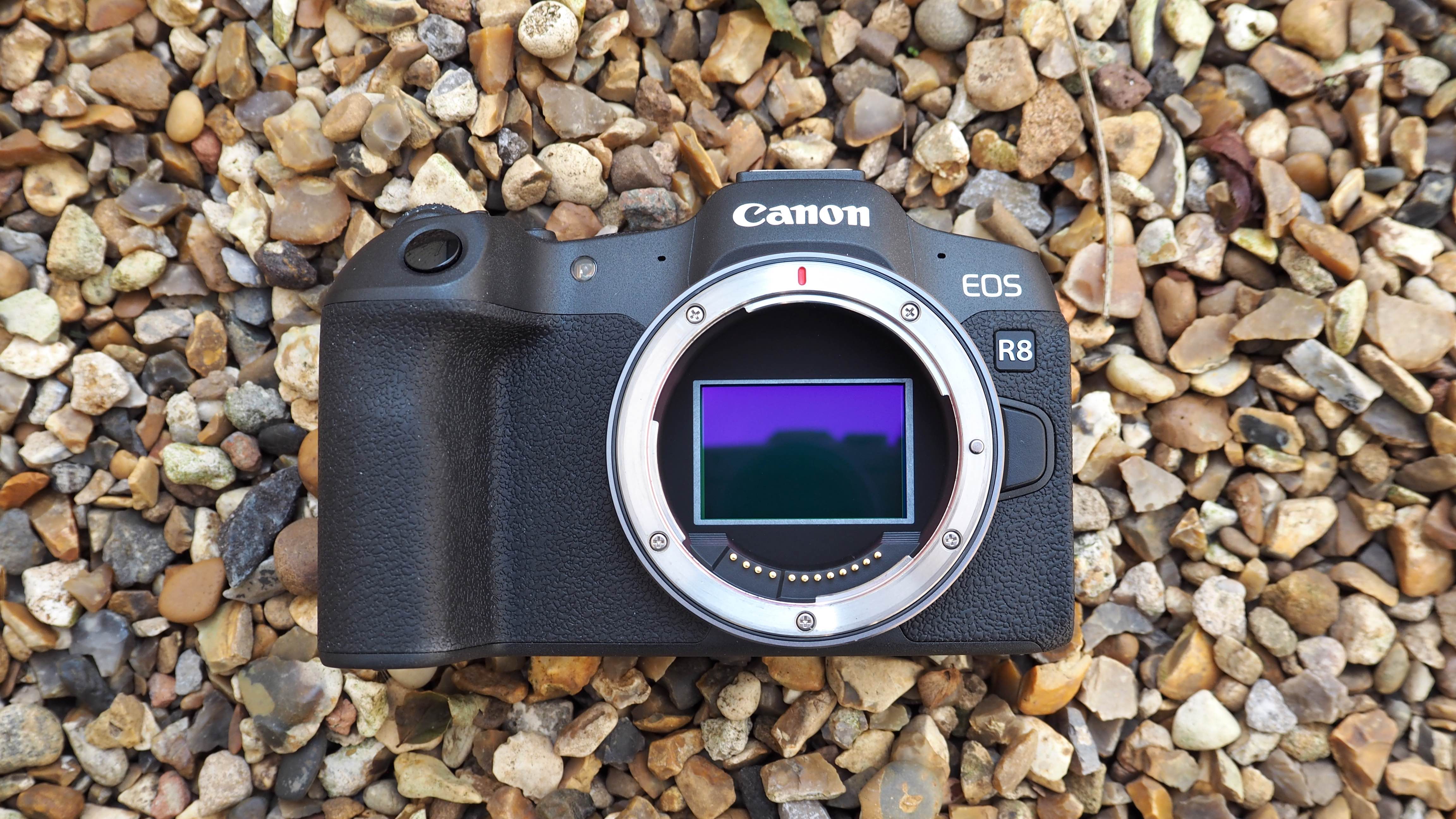
Pick up the Canon EOS R8 camera body and the first thing you'll notice is that it feels surprisingly lightweight. At a body-only 461g with card and battery inserted, it’s not much heavier than a point-and-shoot compact camera really.
While that aids portability, part of us also feels that it’s a little less substantial than we’d expect of a camera at this price point. It’s only when you add a chunky lens, such as the RF 24-70mm f/2.8 L IS USM zoom (that we were sent for review), that the setup feels more substantial, and, in our case, a little front-heavy. The fact that the camera body offers weather-resistant construction provides additional reassurance though.
Shots are composed either via the small-ish 0.39-inch eye-level electronic viewfinder, which nevertheless provides a crystal-clear 2.36m-dot resolution along with 100% frame coverage, or the now expected tilt-and-swivel standard 3-inch LCD with a resolution of 1.62m-dots.
The camera’s AF is lightning fast to lock onto a target – in busier scenes it wasn’t always the exact target we wanted, but it’s easy enough to re-compose the frame or switch to manual focus if so desired, with the LCD providing sufficient detail to aid us in the task of achieving critical focus.
Omitted here is a body integral pop-up flash, but of course a vacant hotshoe stands waiting and ready for the addition of a Canon Speedlite. Images and videos are written to SD card, for which a single slot is provided, rather than the dual slots of semi-pro and pro camera models higher up in the range (at inevitably higher prices).
Canon EOS R8 review: Image Quality



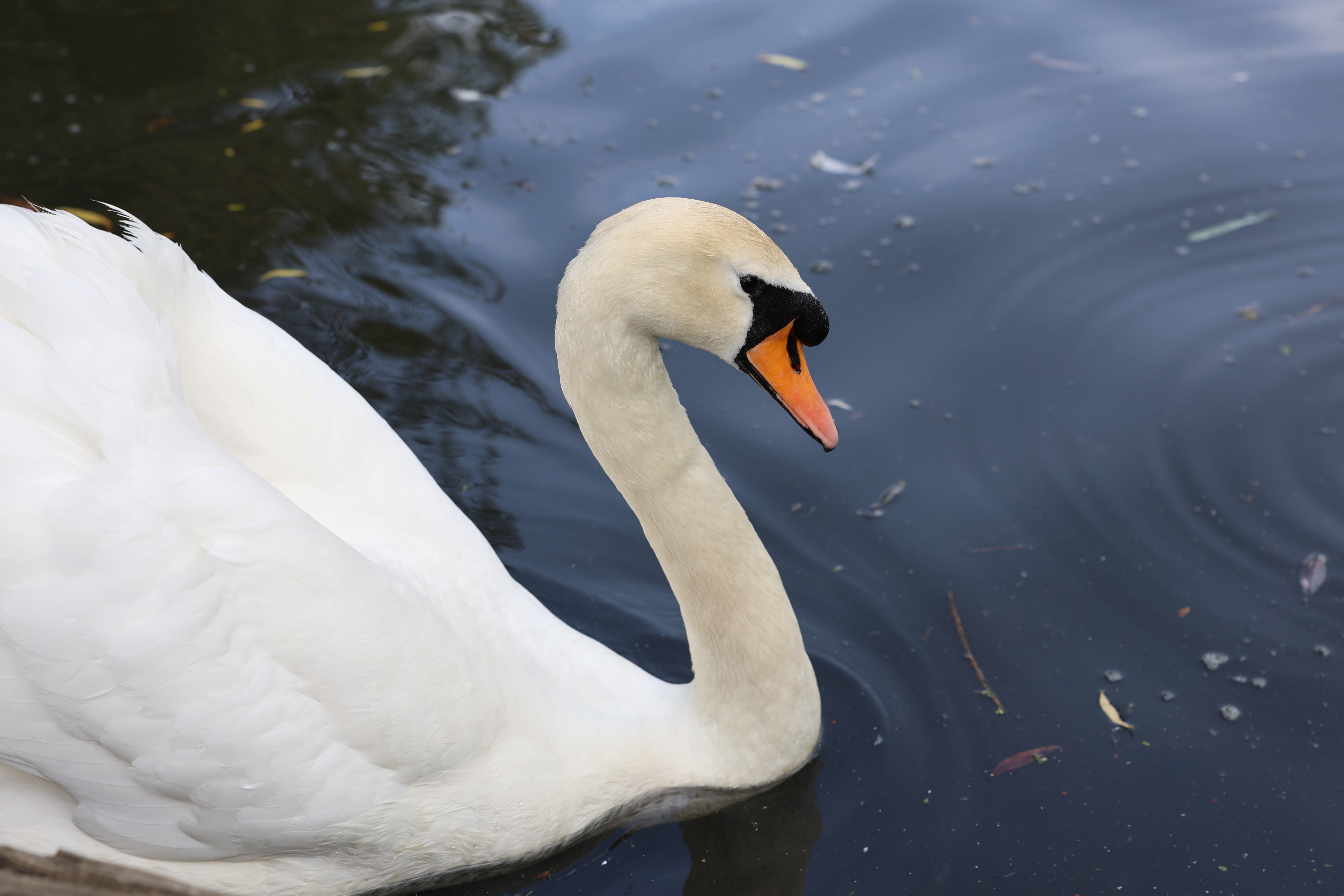
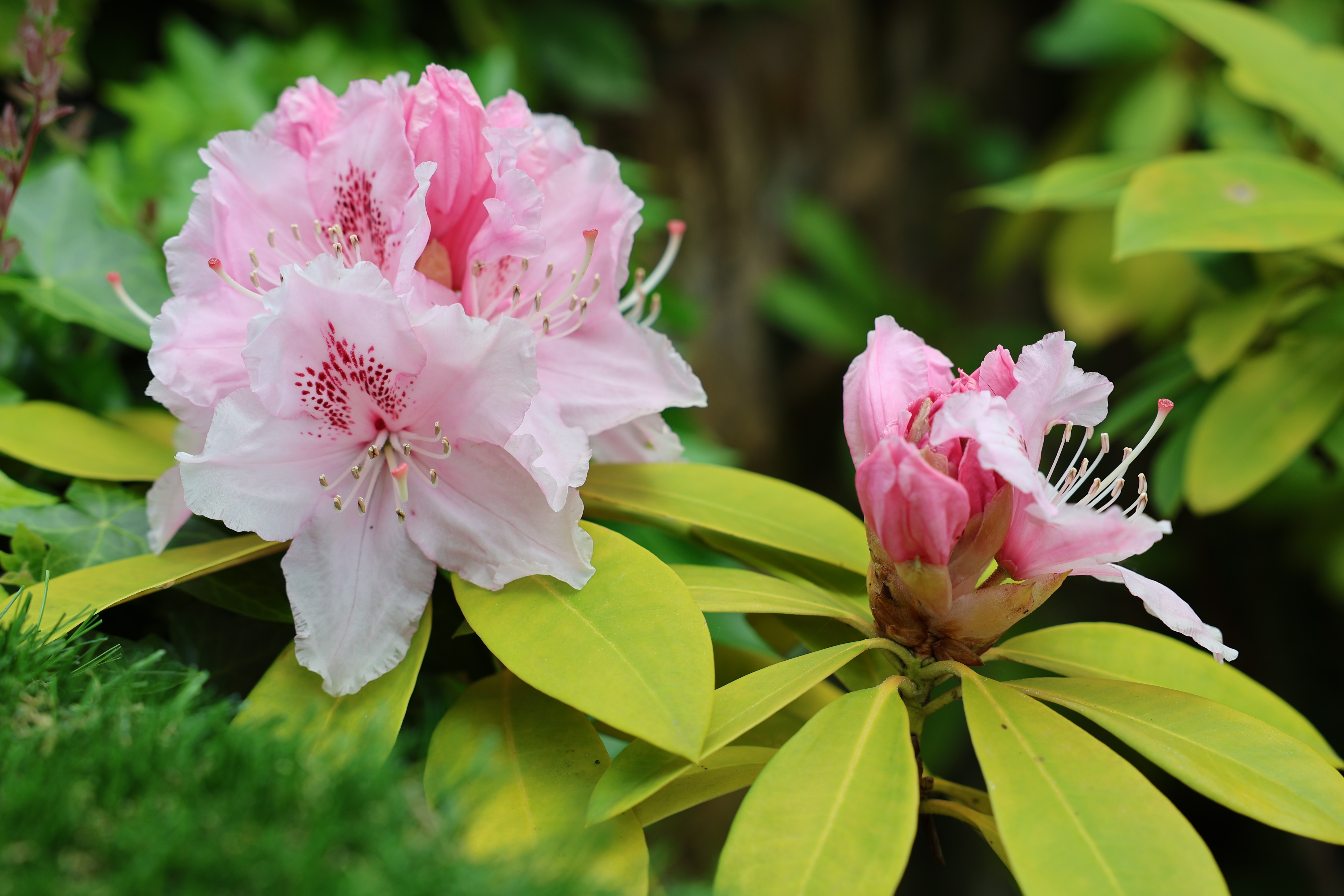
Twinning the Canon EOS R8’s full frame sensor with the supplied RF 24-70mm f/2.8 L IS USM delivers results straight out of the camera that are both naturalistic and detailed, with sufficient creative scope in tandem with our lens to achieve defocused backgrounds and sharp subjects that really pop on screen.
Whether users will notice any pronounced difference on a desktop, tablet or even smartphone screen between the output from a Canon APS-C sensor model or this one is open to question, but having that extra smidgen of detail provided by the EOS R8 does allow for additional reassurance should we ever want to go really big with its provided imagery in the future.
Canon EOS R8 review: Verdict
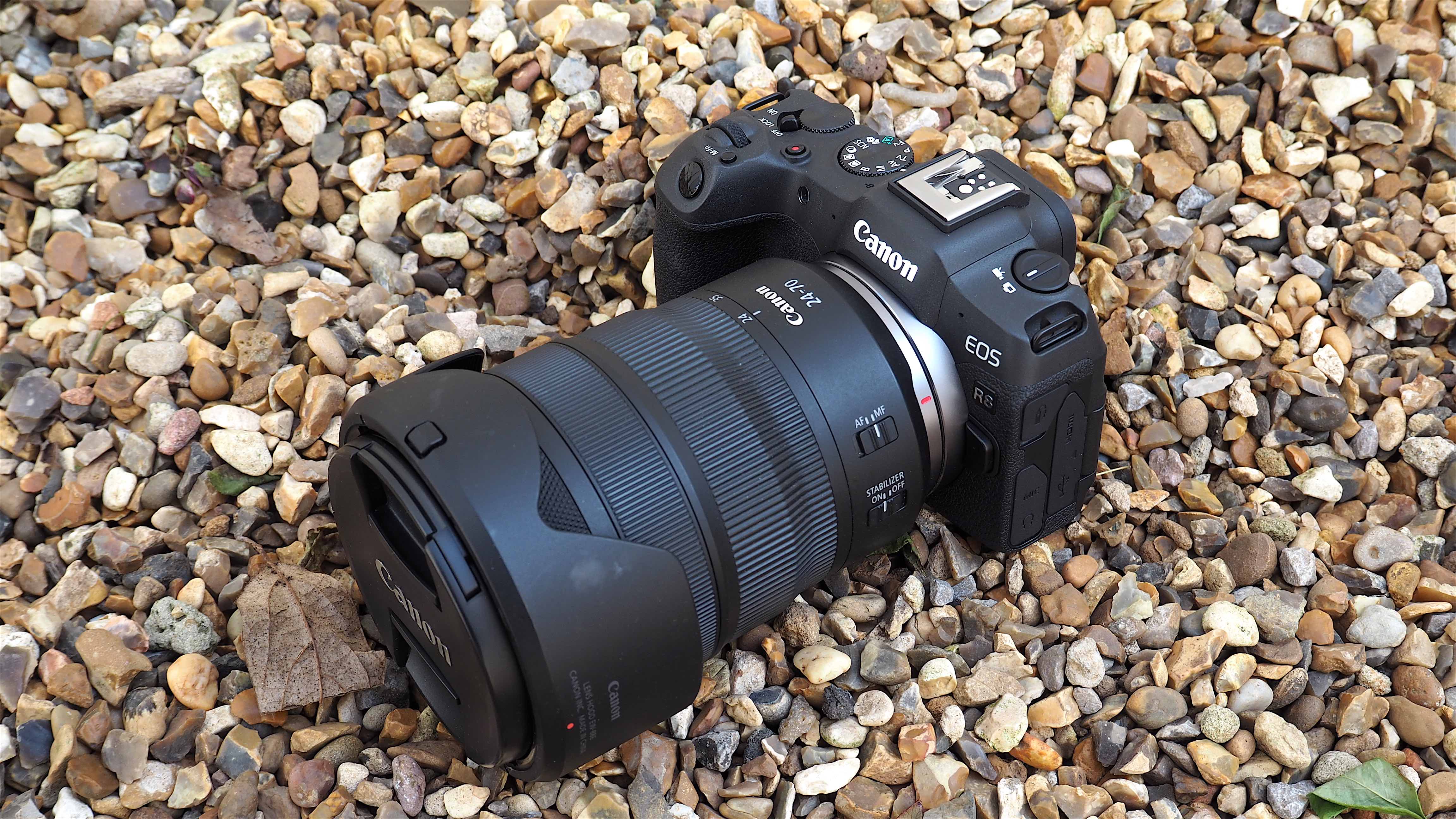
With a body design and layout that builds on Canon’s DSLR heritage and previous cameras in the EOS R series yet feels as lightweight as a compact camera, the EOS R8 could be summed up as a beginner-friendly full-frame mirrorless camera. Whether beginners actually need a full-frame sensor, or will be prepared to stump up the price being asked here is up for debate though.
But there’s no doubting the EOS R8's significant capabilities, so whether you're a DSLR owner looking to finally made the jump to mirrorless, or an existing mirrorless shooter looking to trade up from an APS-C sensor body for just that bit more detail, the EOS R8 is a super way to achieve that.
Also consider
As ever when considering an interchangeable lens mirrorless camera, we’re not really just buying into a specific body but rather the whole system of lenses and accessories that surrounds it. If we’re weighing up the virtues of the EOS R8 then it’s likely you're already a Canon DSLR or mirrorless user.
If considering this particular camera it would also be remiss not to take a look at the more fully-featured (and more expensive) EOS R6 II – which sits above it in the range, or alternatively the older EOS RP that sits below it.
If, however, you don't feel the need for a full-frame sensor then the EOS R7 is another option for a couple of hundred less. Or, to step out of the Canon system entirely, the Fujifilm X-T5 is another excellent option with a rock-solid build and feature set at a similar price point.







